Picking the best JRPGs means looking at how well they blend memorable stories, smart combat, and systems that invite you to tinker for hours. It also means paying attention to versions that improved the originals, smart quality of life updates, and how easy it is to play them today.
To keep things clear, this countdown focuses on widely available releases and definitive editions where possible. Each entry highlights what the game does well, how its mechanics fit together, and where you can find the best way to play right now.
20. Phantasy Star IV
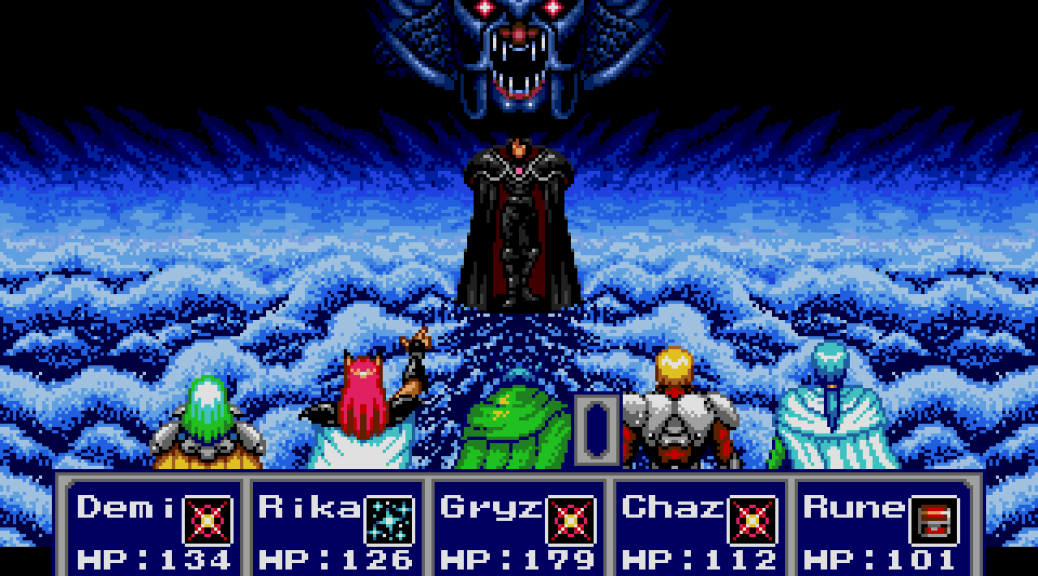 SEGA
SEGAReleased on the Sega Genesis in 1993, this entry wraps up the original saga with fast turn based battles and a macro system that automates complex strategies. Its science fantasy setting mixes space travel with classic dungeon crawling and features manga style story panels that made key moments easy to follow.
Modern players can access it through the Sega Genesis Classics collection on most platforms which adds save states and rewind. The game’s combination of tech themed skills, combo techniques, and a brisk leveling curve makes it approachable for newcomers who want a complete narrative arc in a concise runtime.
19. Bravely Default
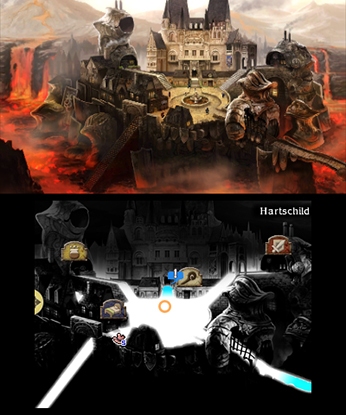 Nintendo
NintendoSquare Enix revived classic job based combat on Nintendo 3DS in 2012 with a flexible Brave and Default system that lets you bank or spend turns. The job roster encourages mixing passives and abilities across roles so you can build powerful party synergies early and often.
The expanded Bravely Default For the Sequel version refined encounter rates and added quality of life options, and those ideas carried into later entries. If you want the most comfortable way to play, look for the 3DS release with its battle speed options and adjustable random encounters that make grinding efficient.
18. Tales of Symphonia
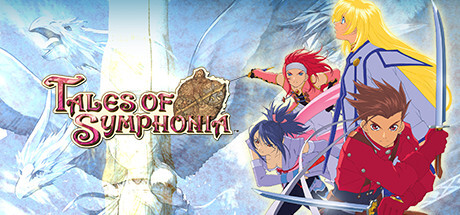 Bandai Namco Entertainment
Bandai Namco EntertainmentThis GameCube era favorite brought real time action combat to a broader audience in 2003 with a Linear Motion Battle System that plays like a side view brawler. Artes chain into combos while positioning and guarding matter as much as stats, and multi character Unison Attacks reward timing.
Definitive access exists on several platforms, with the original GameCube version still known for stable performance and responsive inputs. Co op is supported in battles which lets a friend control another party member, and Grade Shop carryovers encourage New Game Plus builds that grow more creative over time.
17. Valkyrie Profile
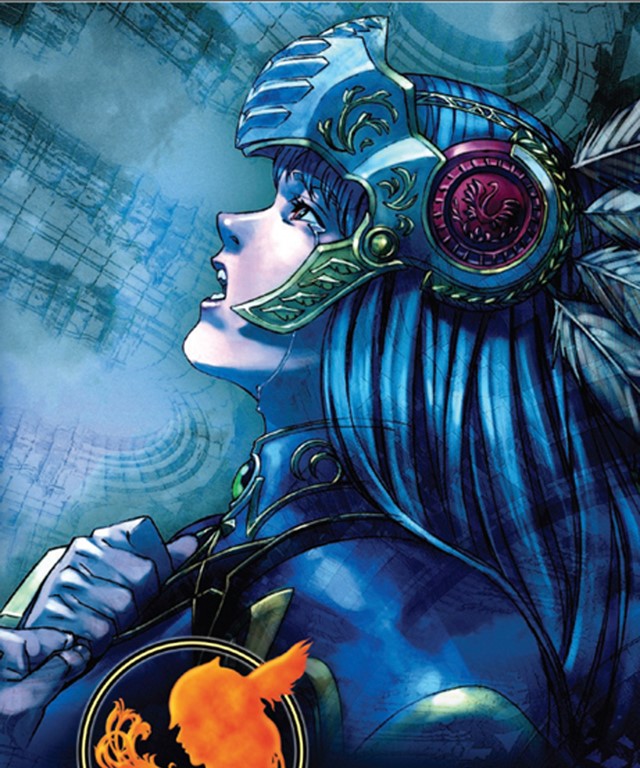 Square Enix
Square EnixTri Ace launched this PlayStation title in 1999 with a unique side scrolling exploration layout and a timing based battle system where each face button maps to a character. The game centers on recruiting Einherjar through vignette stories and then sending them to Valhalla to influence an off screen war.
Route planning matters because training and dispatching characters during a limited chapter calendar changes endings and unlocks advanced dungeons. The PSP remaster Valkyrie Profile Lenneth added quick saves and a more portable way to run through its intricate dungeon puzzles and missable content.
16. Grandia II
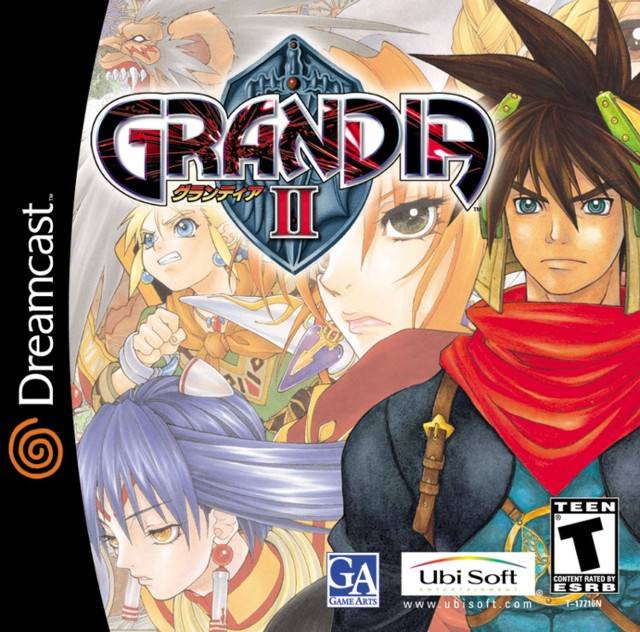 Ubisoft Entertainment
Ubisoft EntertainmentGrandia II on Dreamcast in 2000 introduced an Initiative Point timeline that shows turn order and lets you cancel enemy actions with well timed skills. Movement on the field matters as you position characters to land area attacks and avoid incoming strikes.
Later releases on PC and Nintendo Switch improved resolution and stability while keeping the original battle feel intact. Skill Books let you tune characters with passive boosts and technique upgrades, and the game’s clear encounter feedback helps players learn cancel windows and damage optimization quickly.
15. Fire Emblem Awakening
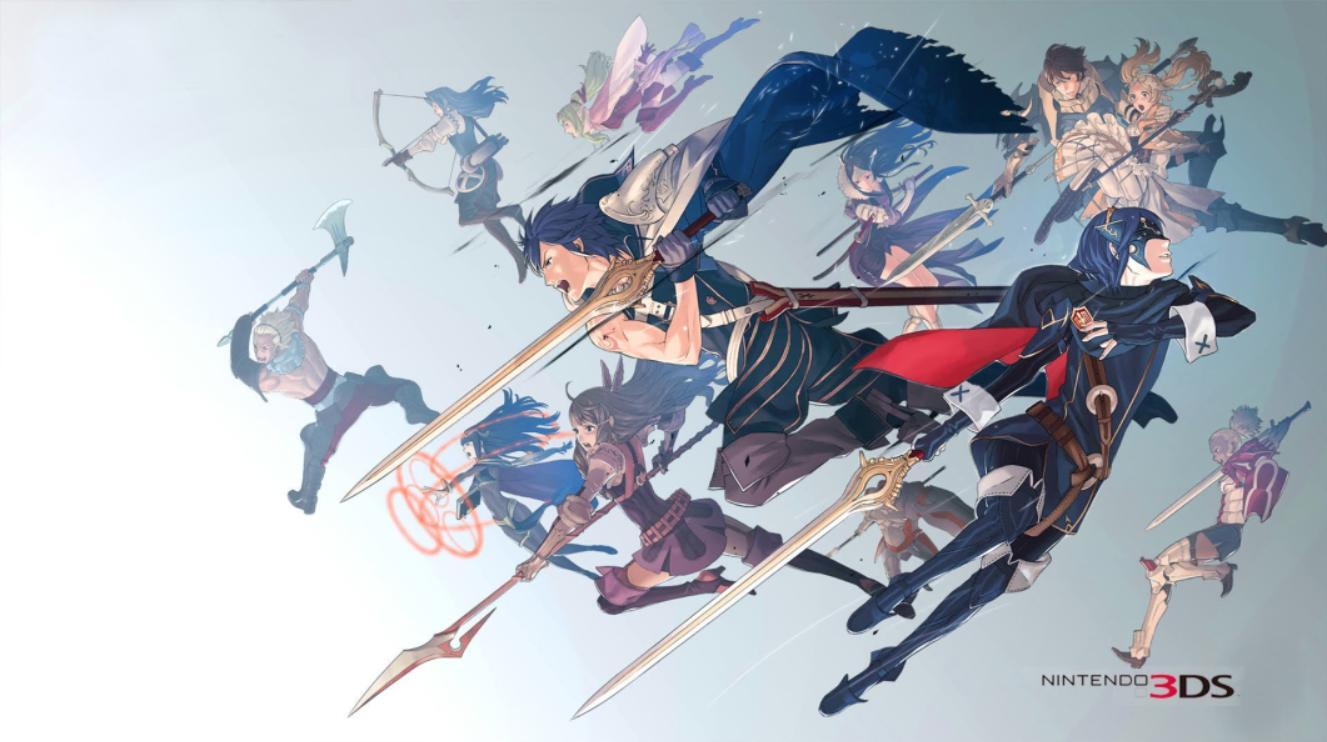 Nintendo
NintendoAwakening on Nintendo 3DS in 2012 revitalized tactical JRPG play with Pair Up, which combines two units for shared stats and follow up attacks. The support system grows into marriages and second generation units, giving long term incentives for careful squad building across chapters.
Casual mode removes permanent death for those who want to focus on strategy without resetting, while Classic mode retains traditional stakes. Reclassing through Second Seals and a broad skill system allows deep customization, and downloadable maps add training options that fit different play styles.
14. Lost Odyssey
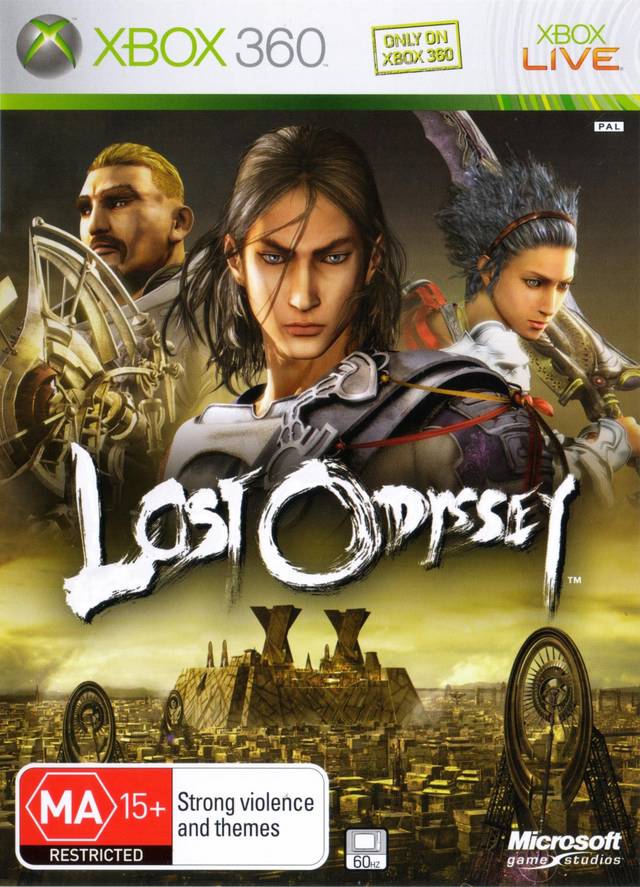 Microsoft Studios
Microsoft StudiosMistwalker’s 2007 Xbox 360 release uses classic turn based combat with a ring timing system that boosts attacks when you match a shrinking circle. The party splits between mortal and immortal characters, and immortals learn from mortals through linked skill inheritance which encourages varied lineups.
The Thousand Years of Dreams short stories unlock as you progress and add character backstory through text vignettes. Backward compatibility on newer Xbox hardware improves load times and frame pacing, and the four disc original is now easier to experience in a single seamless package.
13. Secret of Mana
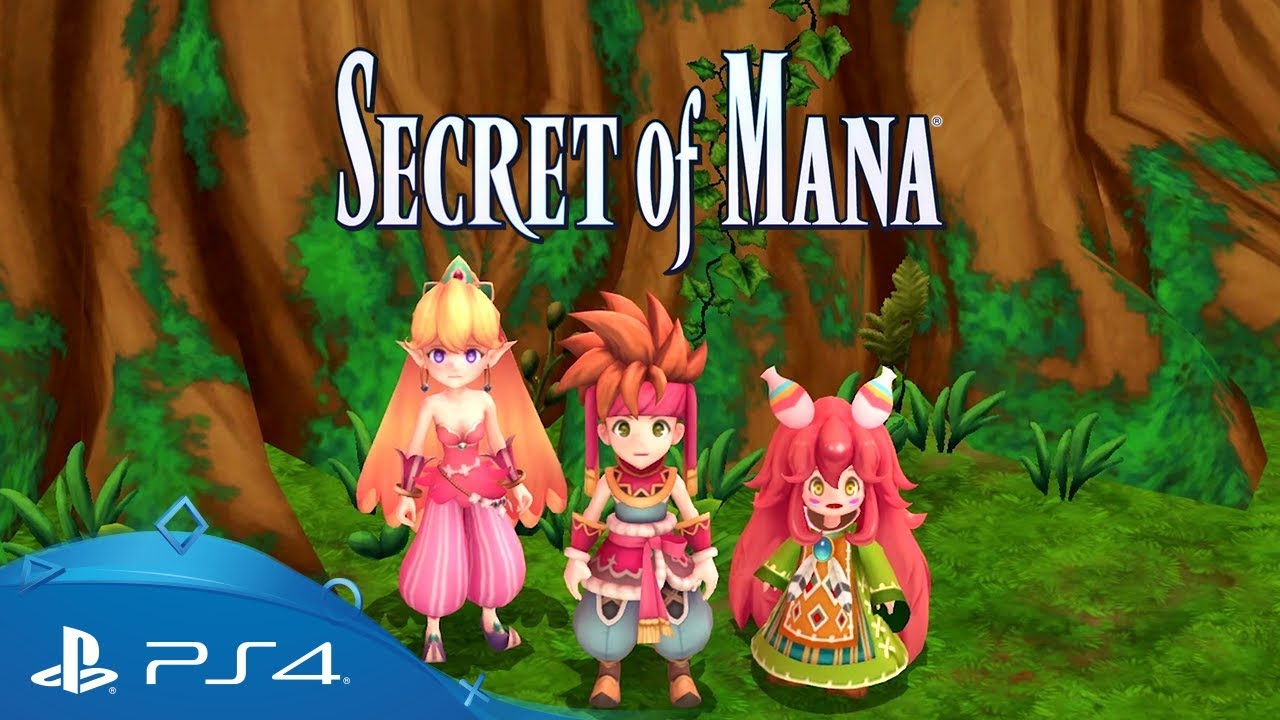 Square Enix
Square EnixThis 1993 Super NES action RPG features a three person party with ring menus that make equipment and magic quick to access in real time. The stamina meter encourages rhythm in attacks, while weapon orbs and magic leveling open new routes and boss strategies.
The game supports local co op, letting friends control the other party members for the full adventure. Later versions added tweaks and enhanced graphics, but the SNES original and the Collection of Mana release on Switch preserve the classic timing and feel that underpin its combat flow.
12. EarthBound
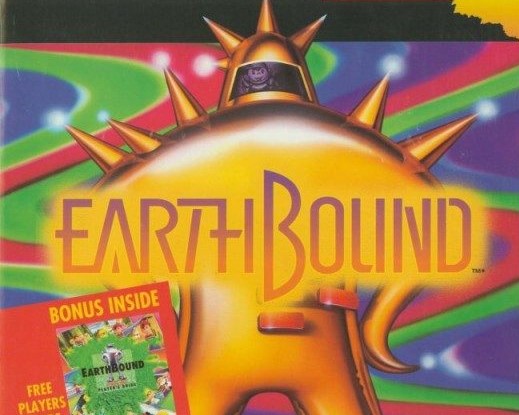 Nintendo
NintendoEarthBound arrived on Super NES in 1994 with modern day towns, psychic powers, and a rolling HP meter that lets you survive lethal hits if you act fast. Enemies appear on the map so you can avoid or engage, and the auto win feature speeds up battles against weak foes.
The game’s inventory management rewards planning and makes status items useful rather than filler. Contemporary access on Nintendo Switch Online includes save states for convenience, and the built in hint system helps players stay on track without consulting outside guides.
11. Suikoden II
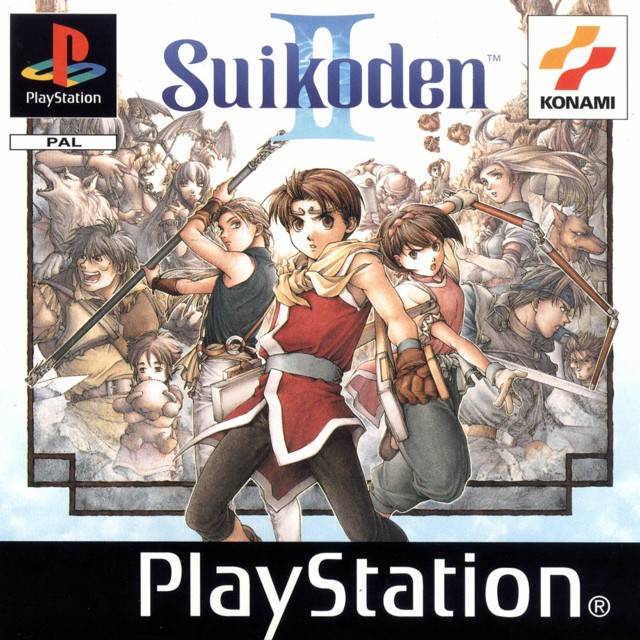 Konami
KonamiThis 1998 PlayStation sequel uses six character battles with Rune magic, Unite attacks, and a formation system that shapes your party’s role. Recruitment of the 108 Stars of Destiny drives exploration, and choices carry over if you have data from the first game which unlocks additional story content.
There are three modes of conflict to master which include standard battles, one on one duels with timing and reading, and army scale strategy fights. The narrative shifts based on who you recruit and when, and a base building system opens shops and services that meaningfully change progression.
10. Xenogears
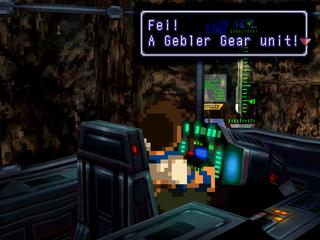 Square
SquareSquaresoft’s 1998 PlayStation epic splits combat between on foot martial arts combos and giant Gear battles that burn fuel as a resource. Ability strings called Deathblows unlock with practice, and Ether engines, frames, and accessories turn Gears into customizable machines with clear tradeoffs.
The Active Time Battle variant keeps pressure on while you assemble combo enders and defensive stances. Modern playthroughs benefit from emulation features like fast forward which smooth out longer dungeons, and guides to Deathblow learning can help optimize training with minimal grinding.
9. Final Fantasy VI
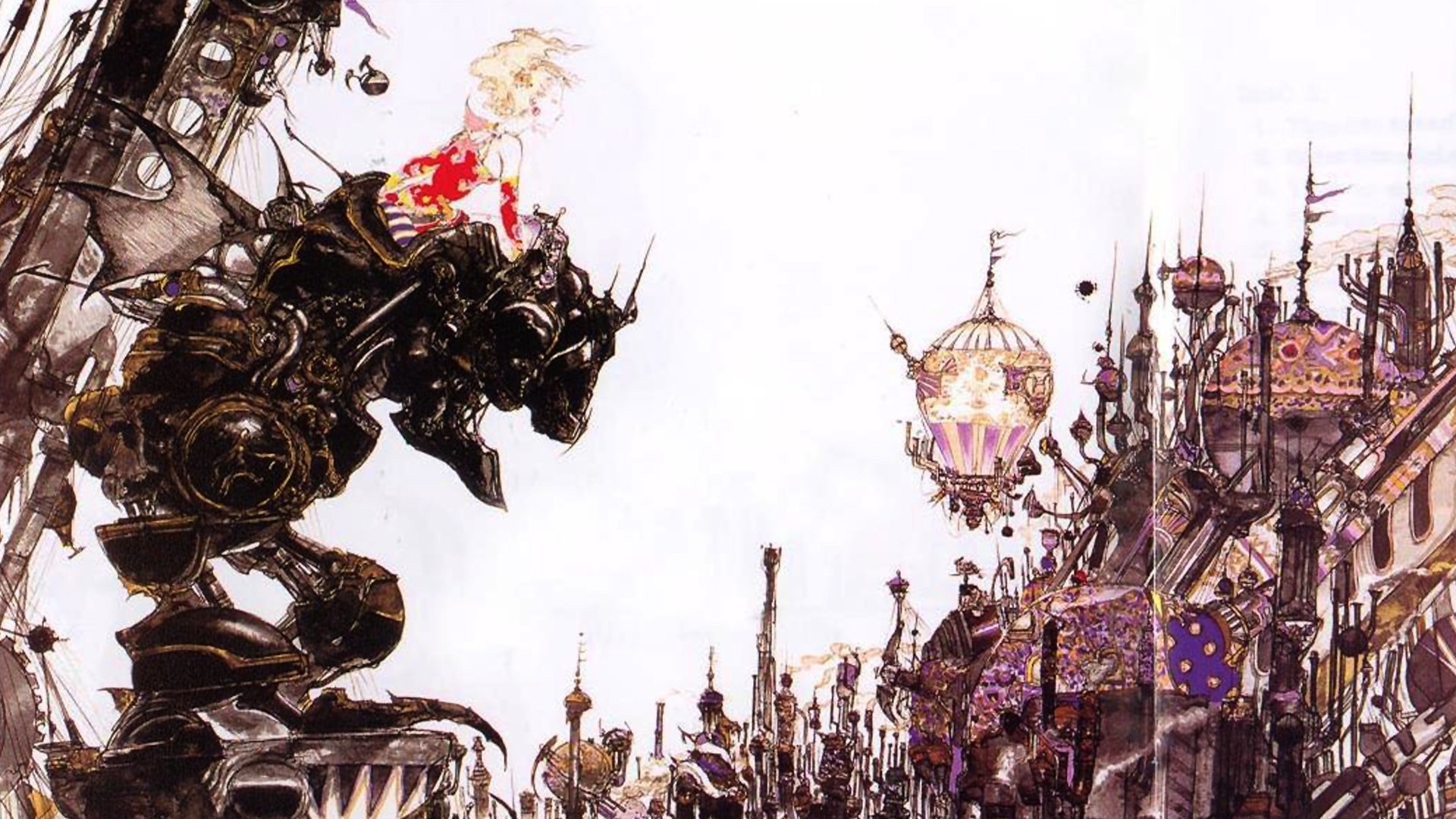 Square Enix
Square EnixReleased in 1994 on Super NES, this entry assigns unique commands to each character and uses Magicite to teach spells at different rates. The World of Ruin structure opens a nonlinear second half where optional dungeons and character quests reward exploration.
Later ports added a bestiary and quick saves, and Pixel Remaster versions updated fonts and audio for modern screens. Relic combinations allow creative builds such as dual wield or counter focused setups, and the Esper leveling system enables targeted stat growth on key level ups.
8. Shin Megami Tensei III Nocturne
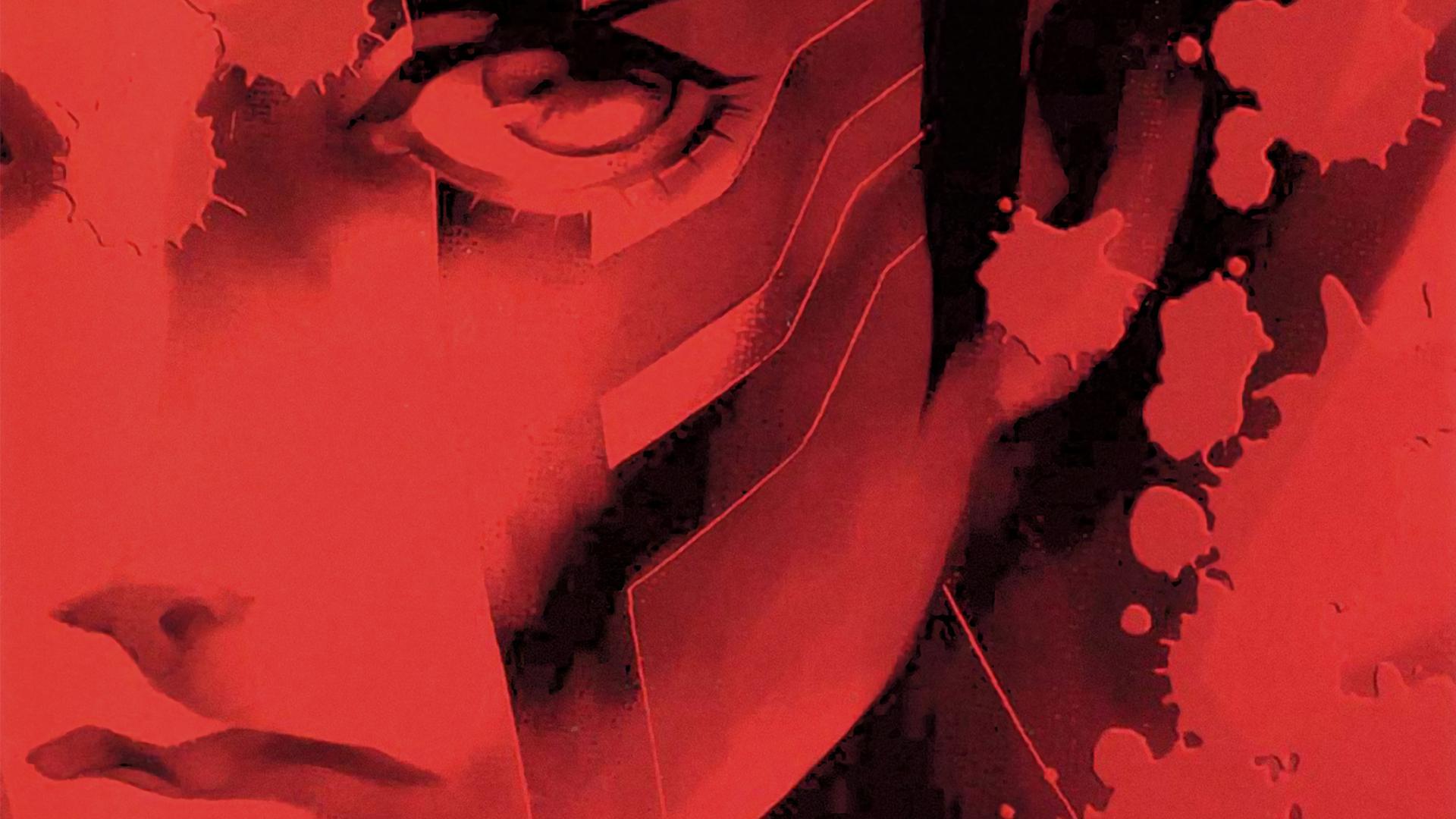 Atlus
AtlusOriginally released on PlayStation 2 in 2003 and later remastered, Nocturne uses Press Turn combat where exploiting weaknesses grants extra actions. Demon negotiation and fusion are central, and Magatama equipable parasites change your stats, resistances, and the skills you can learn.
The remaster added hard mode, suspend save, and quality of life updates while preserving alignment routes that lead to different endings. Optional bosses and labyrinth content push team creation to its limits, and skill inheritance rules reward careful planning in the fusion compendium.
7. Xenoblade Chronicles Definitive Edition
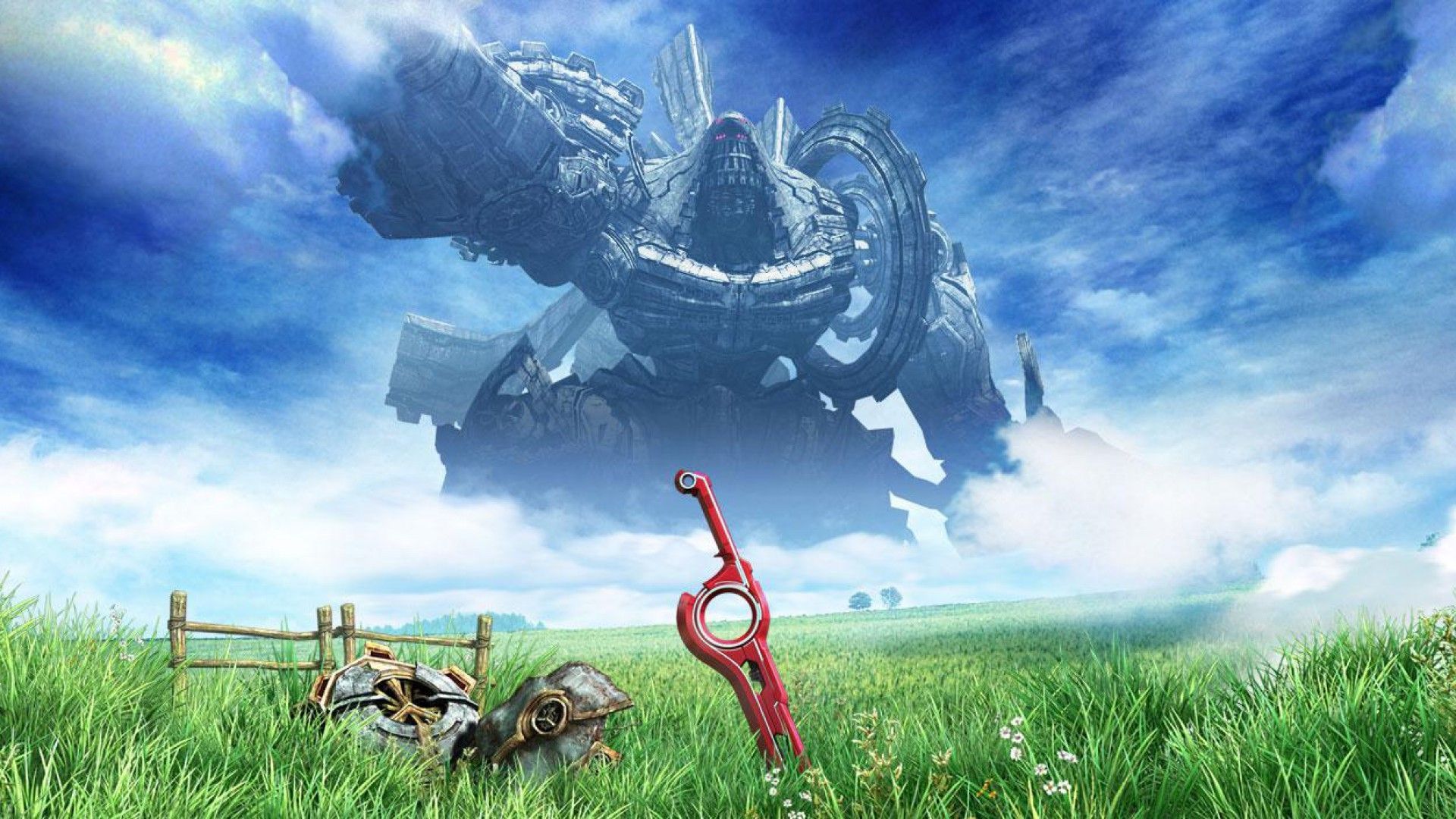 Nintendo
NintendoMonolith Soft’s open zone design from 2010 returned on Switch with higher resolution models and a rebalanced epilogue. The battle system blends cooldown arts with an aggro triangle where positioning and break topple daze chains create windows for big damage.
Affinity charts track relationships between townsfolk and party members which unlock quests and passive bonuses. Gem crafting and skill link systems add build depth, and fast travel plus flexible quest tracking streamline a very long adventure without cutting its exploration focus.
6. Final Fantasy XIV Online
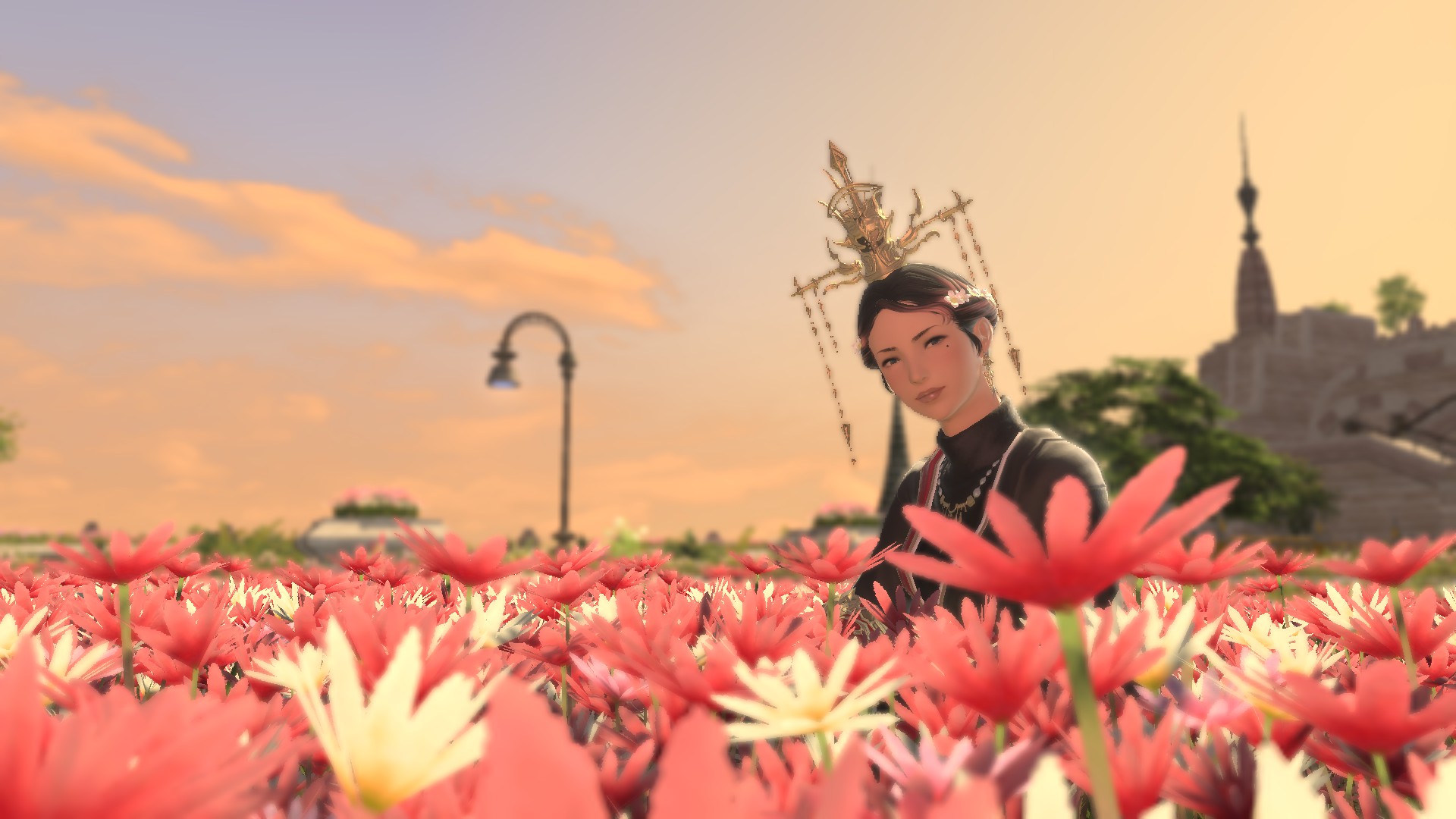 Square Enix
Square EnixA Realm Reborn relaunched in 2013 with a class and job system that lets one character swap roles at will. The global cooldown combat emphasizes predictable rotations and learning boss mechanics, while Duty Finder and Party Finder make group content accessible at all hours.
Expansions add full length JRPG campaigns with new zones, raids, and jobs, and the free trial covers a large portion of content without a fee. Regular patches introduce dungeons, trials, and systems like glamours and island activities, giving new players a clear path from story start to endgame.
5. Final Fantasy X
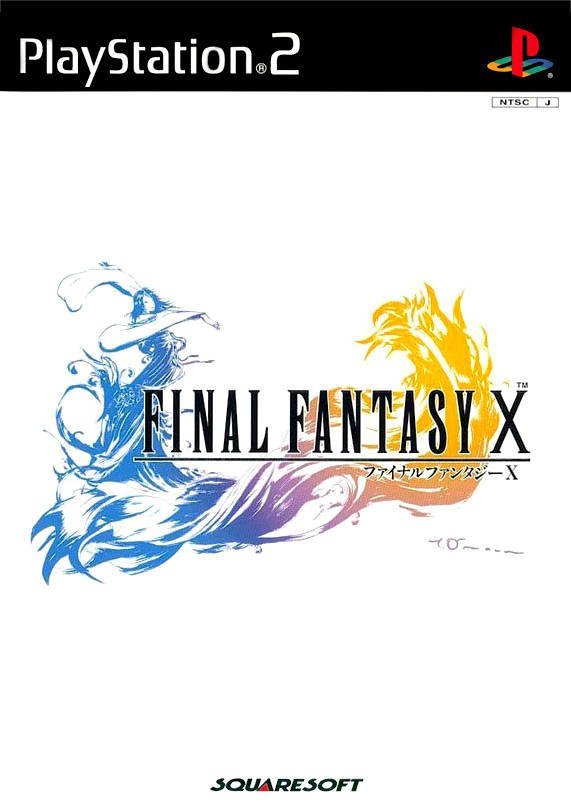 Square
SquareThis 2001 PlayStation 2 title uses a visible turn order called the Conditional Turn Based system so you can see exactly when actions will land. The Sphere Grid replaces traditional leveling with a board that unlocks stats and skills, and an Expert Grid option allows flexible paths for veterans.
The HD remaster on modern platforms improves visuals and bundles the international version with Dark Aeons and additional abilities. Optional challenges like the Monster Arena, Celestial Weapons, and minigames offer extensive side progression that fits cleanly around the main path.
4. Dragon Quest XI S Echoes of an Elusive Age
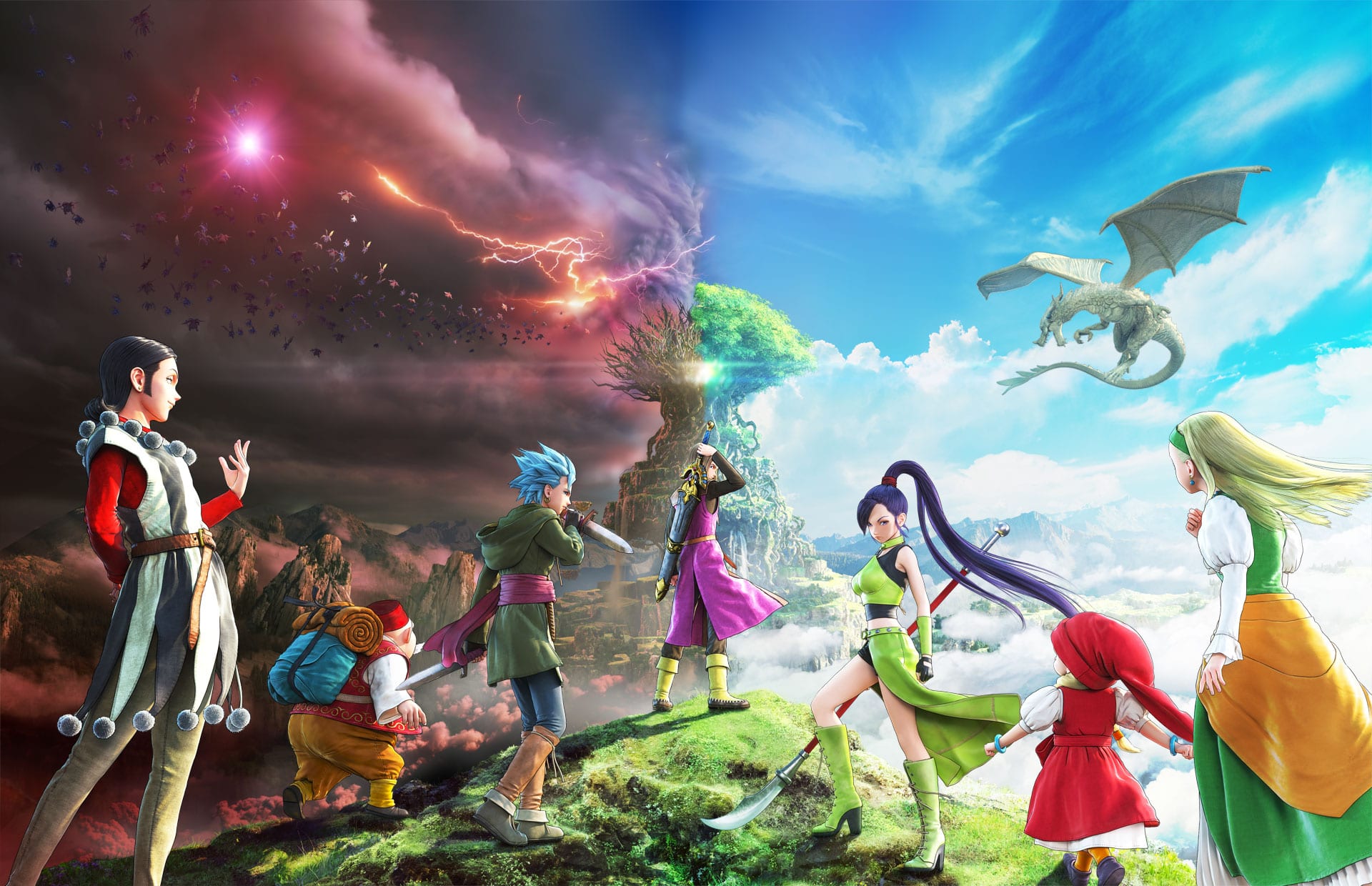 Square Enix
Square EnixThe S version combines content with quality of life changes like faster battles, orchestral music, and an optional 2D mode. The skill panel system grows each character along themed paths, and forging gear through the Fun Size Forge adds reliable upgrades between dungeons.
Postgame content in the S release expands character arcs and offers powerful equipment for those who clear extra trials. Draconian Options let players add difficulty modifiers such as tougher enemies or reduced experience which provides a tailored challenge without external rules.
3. Persona 5 Royal
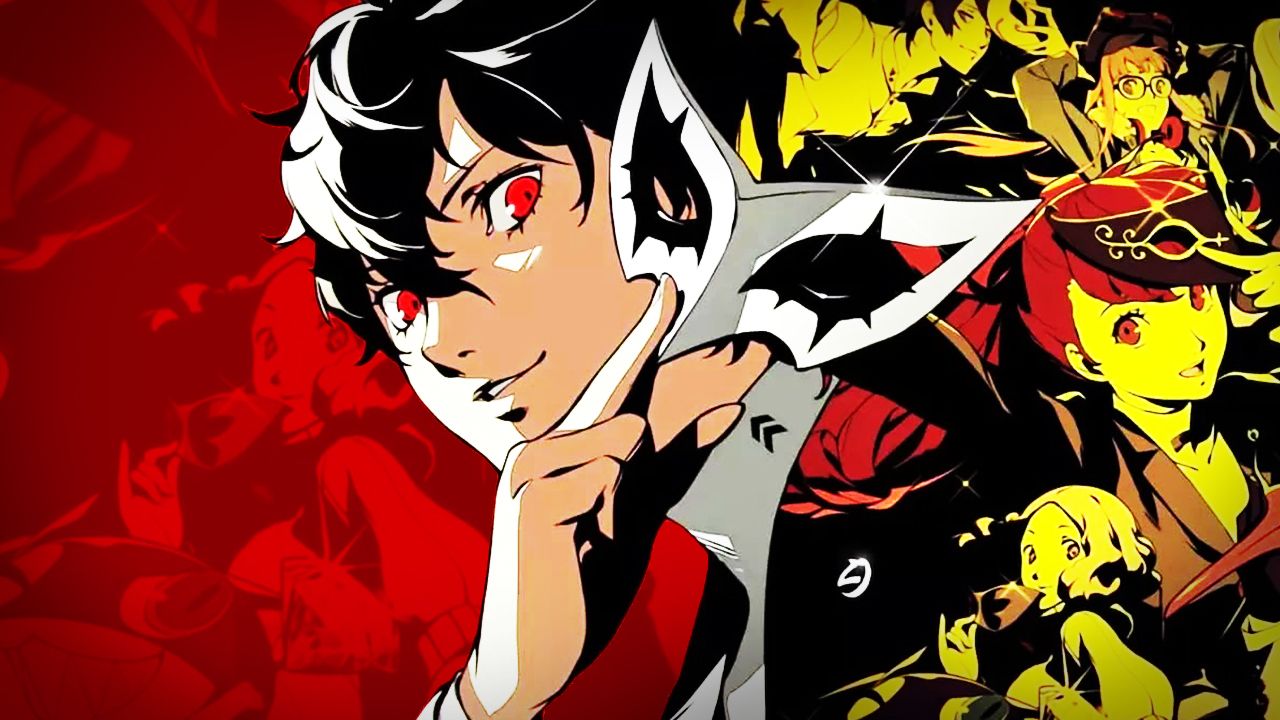 SEGA
SEGARoyal enhances the 2016 original with a third semester, new confidants, and overhauled dungeons that add grappling points and seeds to find. Turn based battles revolve around Baton Pass chains and technical hits, and the fusion system updates with more traits and inheritance control.
Daily life elements tie directly to combat growth through social stats and activities that raise confidant ranks. Royal’s quality of life changes include ammo refills after fights and expanded skill sets, and the rebalanced boss encounters encourage experimenting with personas all the way through the finale.
2. Final Fantasy VII
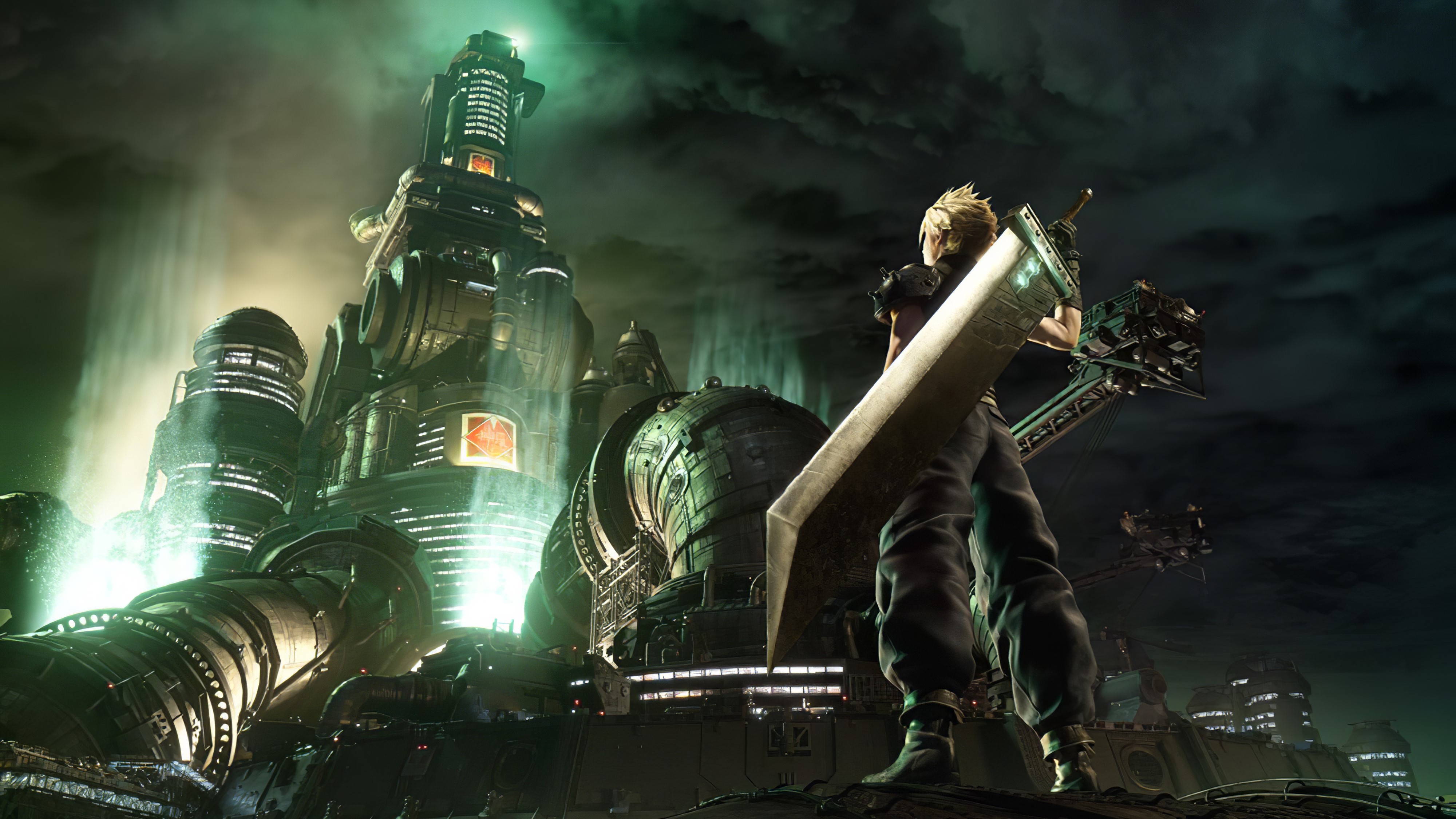 Square Enix
Square EnixThis 1997 PlayStation landmark uses Materia to slot spells and abilities into weapons and armor, letting you reshape roles with simple loadouts. The Active Time Battle pacing keeps pressure on while Limit Breaks reward taking or dealing damage, and optional content opens at a steady clip.
Modern versions on Switch, PlayStation, Xbox, and PC add boosters like battle speed and no encounter toggles for quicker replays. The story spans multiple continents with minigames, weapon hunts, and superbosses, and the Materia system remains one of the fastest ways to build and test new party ideas.
1. Chrono Trigger
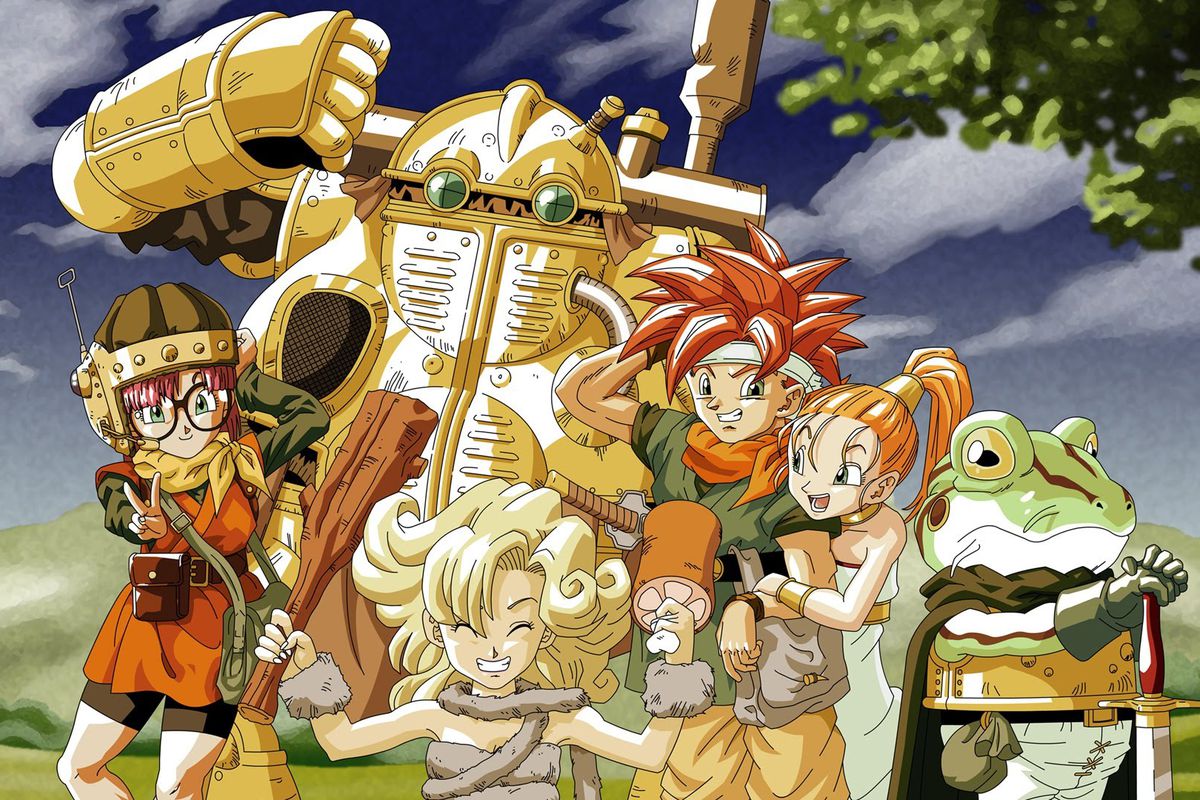 Square Enix
Square EnixReleased in 1995 on Super NES, Chrono Trigger uses seamless encounters and a tech system where dual and triple moves depend on party formation. The Active Time Battle variant encourages positioning, and time travel structure connects eras so that changes in one period affect others.
Multiple endings and New Game Plus support quick replays, while the DS and mobile versions add extra dungeons and a bestiary. The soundtrack and sprite work are tightly integrated with encounter design, and the clear progression curve makes experimenting with tech combinations straightforward from the first hours to the final boss.
Share your own top picks for timeless JRPG adventures in the comments.

.jpeg)

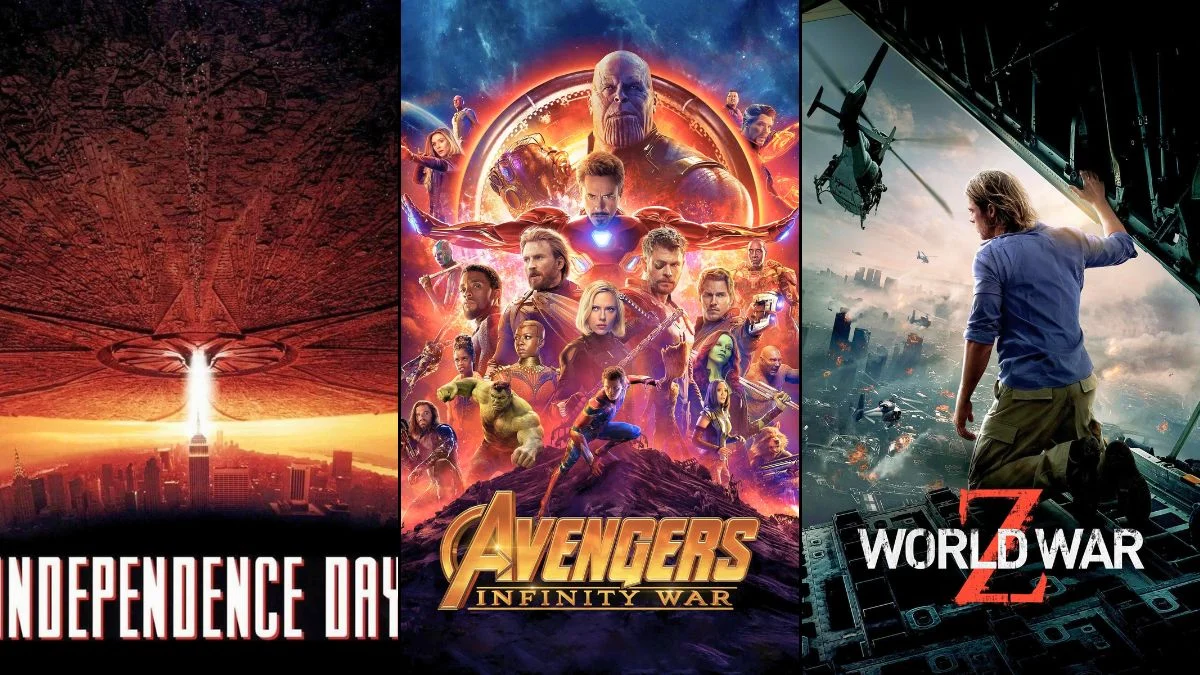







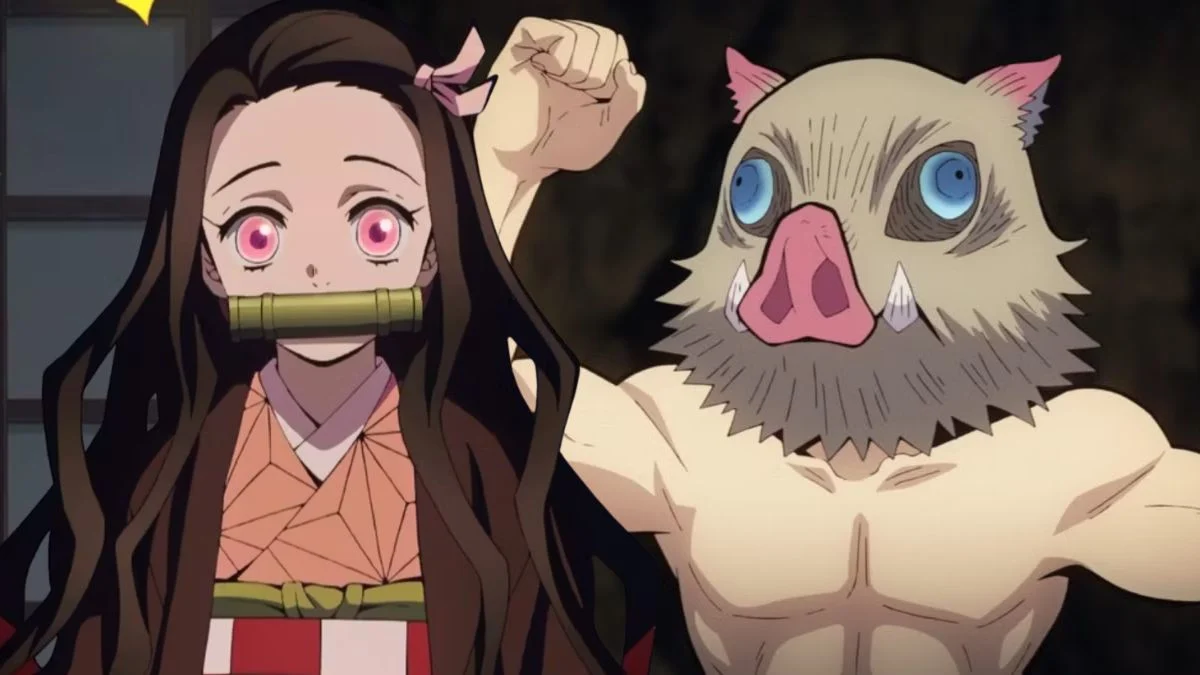





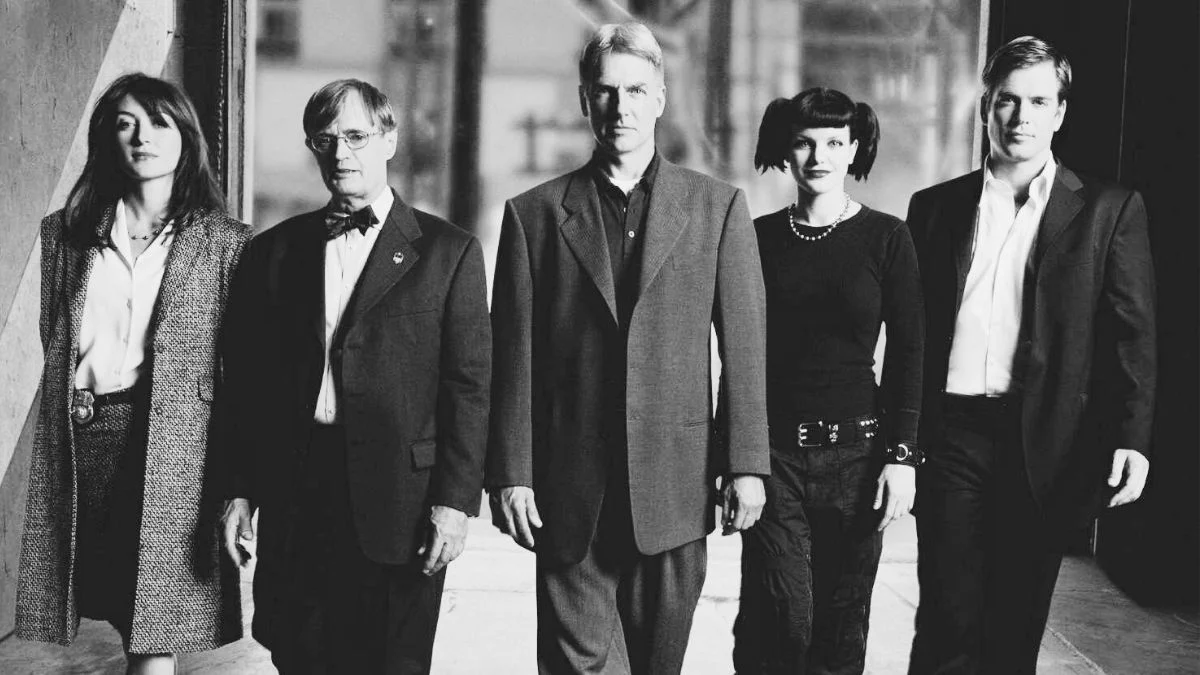
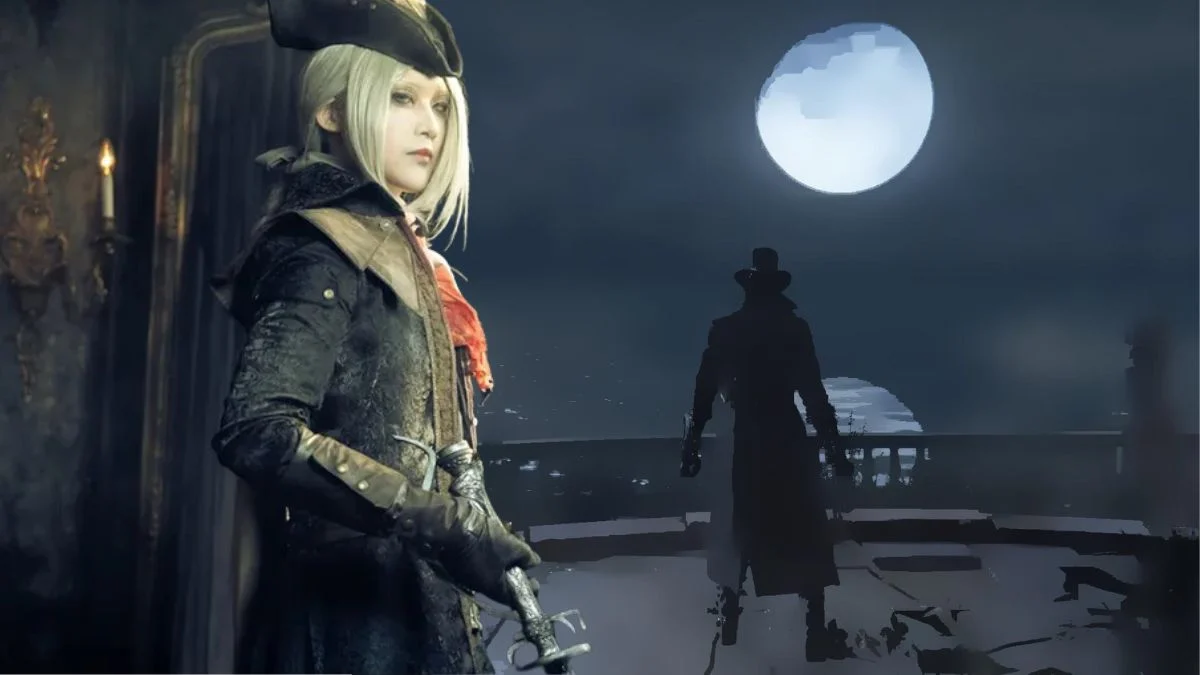





.jpeg)













 English (US) ·
English (US) ·